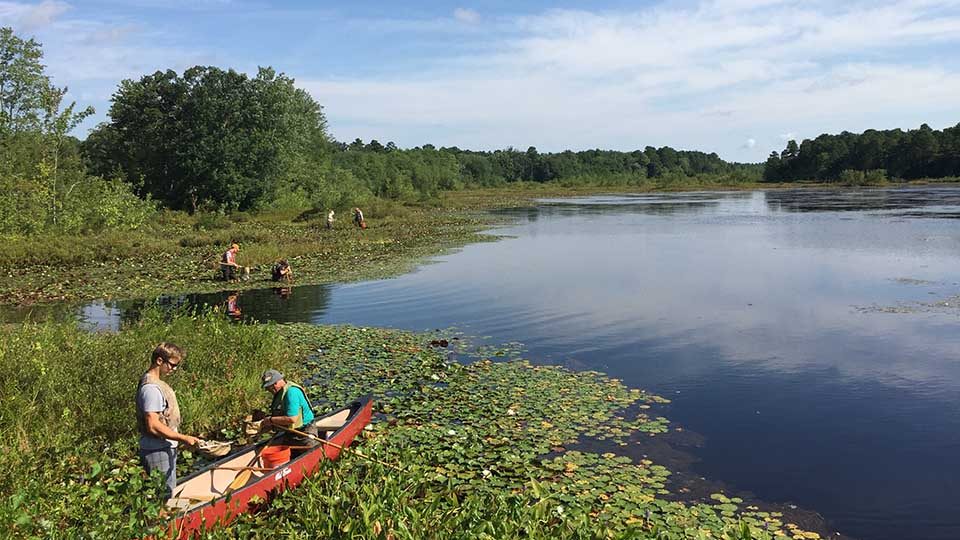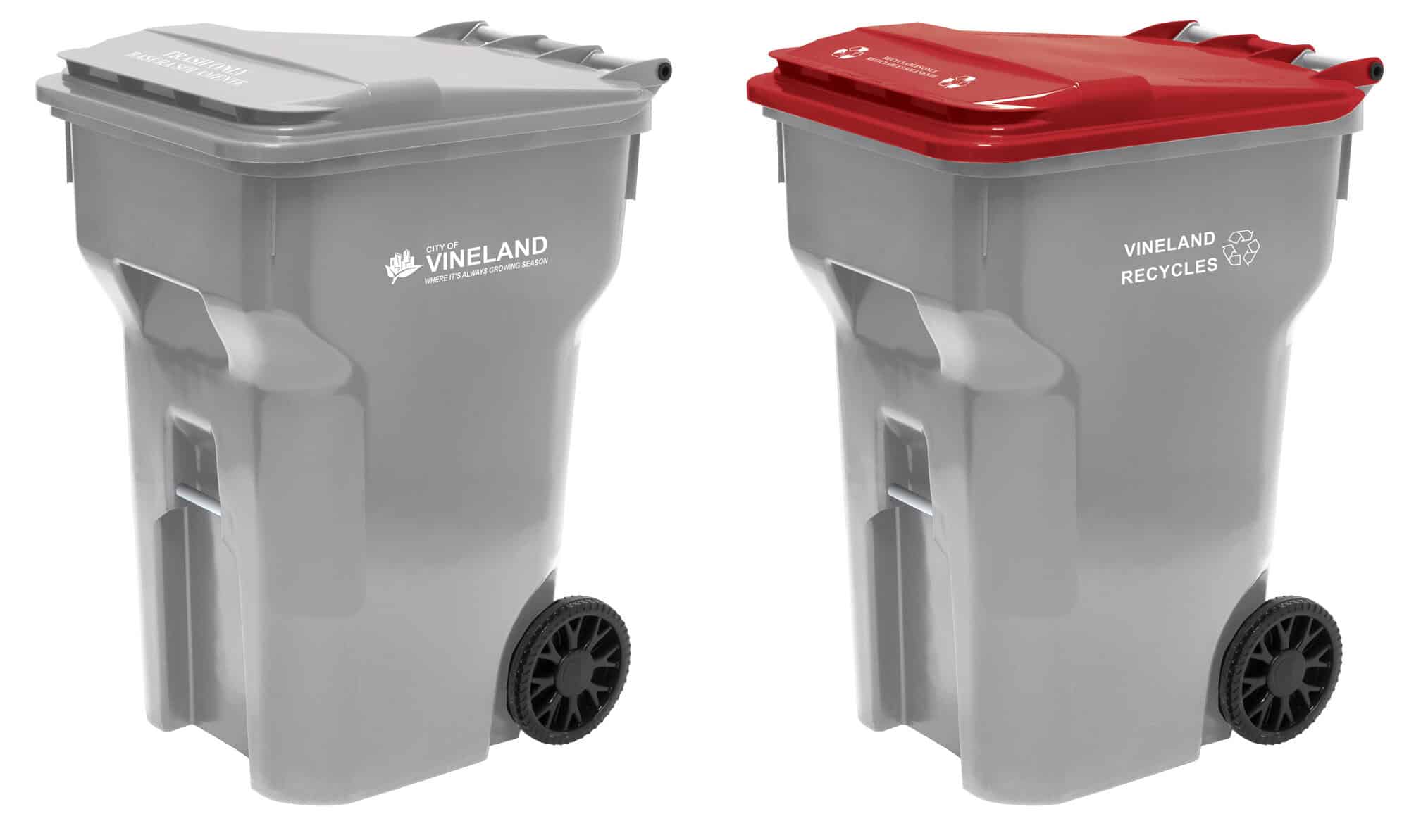Enjoy the View
...but take measures to ensure that our watershed is not polluted by seemingly small but cumulative actions.


While many of us would like to own a home alongside a waterway—whether it be a river, lake, or pond—there are those who are fortunate enough to live the dream. With that privilege comes a responsibility to ensure that our property management minimally impacts the environment around us.
It is vitally important to recognize how our activity affects both those living downstream as well as the habitats of critical organisms that rely on water quality to thrive. Additionally, we do not live as individuals alongside our waterways; we share them with others who are also, in their own fashion, impacting them. People often think decisions about how to manage their property really only affect them, but the cumulative effect of dozens or even hundreds of landowners’ individual and perhaps seemingly minor impacts adjacent to our bodies of water can quickly snowball and have serious adverse effects on our aquatic environments.

This past summer I participated in some sampling of dragonfly nymphs for a long-term study in one of our tributaries. The collection is done by CU Maurice River Citizen Scientists for a National Park Service mercury study. Dragonfly nymphs are classified as benthic macroinvertebrates—organisms that spend their lives or part of their life cycles at the bottom of streams and rivers and often form the base of the aquatic food chain.
A landowner was gracious enough to allow us to sample in the stream that runs through his property. The setting was absolutely stunning with a wide lush lawn running down to the streamside from the home. However as we sampled, we discovered that the stream itself was fairly degraded and the species diversity that one would have expected in such a setting was lacking.

The stream was being taken over by invasive plant species, such as parrot feather and non-native grasses. While the setting appeared bucolic and beautiful, there were serious issues going on in these headwaters of one of our local “Wild and Scenic” rivers.
If the nutrient levels in these streams rise to a certain level, oxygen can be depleted from the water column through the blooming of algae. The algae is stimulated to grow by excessive nitrogen, deposited by chemicals such as fertilizers spread on lawns adjacent to streams, rivers, and other bodies of water. This toxic phenomenon is called “eutrophication,” and it may result in the death of all or most of the animal life dependent on high levels of oxygen dissolved in the water. More recently, we’ve seen extreme examples of this in the Gulf of Mexico, with the red tides and the resulting massive fish die-offs.
Those of us who maintain properties near bodies of water need to be careful not to overuse fertilizers and other chemicals, which feed lawns but may run off into an adjacent river or lake, causing this dangerous effect.

Properties bordering flowing water are also susceptible to erosion, the removal of soils from land as a result of mechanical movements of water or wind. People living along shores are rightfully concerned about minimizing erosion on their properties, primarily because it may endanger structures such as homes and outbuildings. However, erosion and runoff of soils may also impact lakes and rivers, increasing the turbidity and resulting in cloudy water. The suspended solids also dissolve oxygen levels upon which fish and other biota rely. Furthermore, over time siltation often impacts navigation of our waterways.
Understandably, people who live along the water value the views they enjoy from their properties. However it is critically important to maintain vegetated buffers that will help to stabilize the banks of the stream or river to keep soils in place. Property owners should look for plants that are suitable for the setting where they live and choose native species that would occur naturally in their region.
Unfortunately, many of our local waters are also overrun by non-native and overly aggressive plant and animal species, most of which have been introduced by well-intended property owners. Our bodies of water provide habitat not only for common species but also for critically endangered and game species, so it is incumbent upon landowners to avoid the use of invasive and non-native types of plants. Similar to our land-based native invertebrates, such as insects that have adapted to utilize particular plants, our native aquatic plants have evolved with a suite of species that anchor our aquatic ecosystems. Invasive plants crowd out the natives and rob these species of the plants they need to survive.

When non-native plants invade an ecosystem, the animals that depend upon the natives need to find new unimpacted habitats or else they will become extirpated from that particular area.
Even if your property doesn’t lie along a waterway, we all live in a watershed and any product we use, or plant we introduce, can affect the water system. Parrotfeather made its way into our streams and lakes from artificial ponds in yards that did not border waterways. Seeds from exotic plants are also dispersed by wind, rain, and animals. Pesticides used in neighborhoods enter storm drains that often ultimately connect to rivers and the ocean.
CU Maurice River has instituted a program that assists local residents in receiving a designation of “Stream Friendly” by providing guidance to landowners. Please visit the CU Maurice River website for more information about their programs, or feel free to call or stop by the office to pick up a brochure and get some assistance with the steps involved in becoming a Watershed Steward.
Finally, being an advocate for clean water isn’t solely the responsibility of property owners whose land abuts streams and lakes. It is the responsibility of all of us to think about how our actions may impact our local bodies of water for the sake of future generations.
Stream-Friendly Measures
• Be sure to closely monitor, or avoid, the use of chemicals such as fertilizers, pesticides, or herbicides.
• Planting buffers will help minimize erosion because the roots hold the soil in place. Using buffers also prevents any chemicals such as fertilizers, pesticides, or herbicides from getting directly into the water. This will help to protect water quality and ensure that oxygen levels in the water remain high. Providing these buffers also creates habitat for birds and butterflies that often use riparian corridors as natural migratory routes.
• A series of well-planned and connected buffers can create a “greenway,” providing a safe passage for animal species to travel from one protected space to another.
To reiterate, we should prioritize the use of native species. To investigate which species would be best suited, visit local public lands and other natural areas and take note of what you see growing naturally along stream sites. But be careful—preserved natural areas can also have invasive species problems, so look up species to be sure they are native.
Correction
Last week’s article about horsemint, a plant that grows to between 11 and 39 inches tall mistakenly gave it a height of between 11 to 39 feet!








